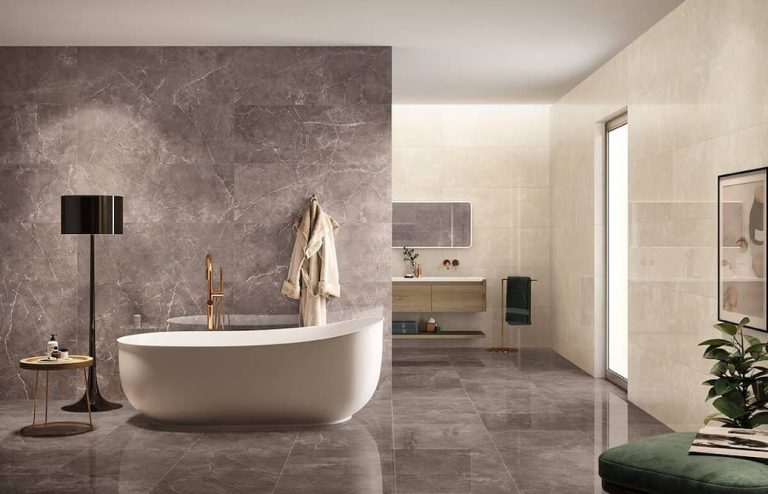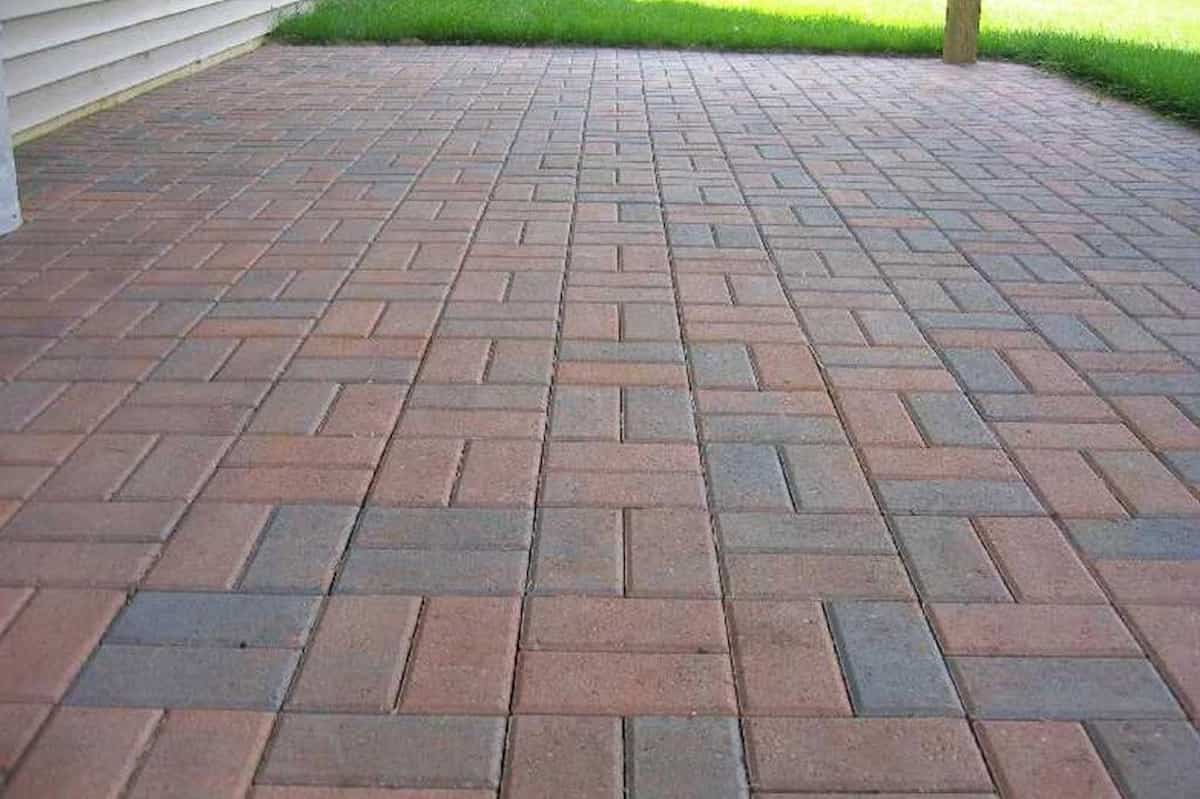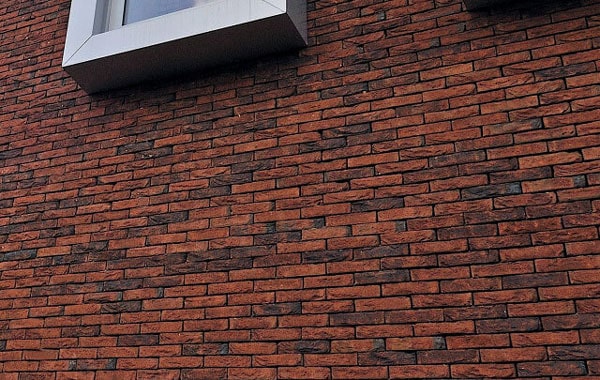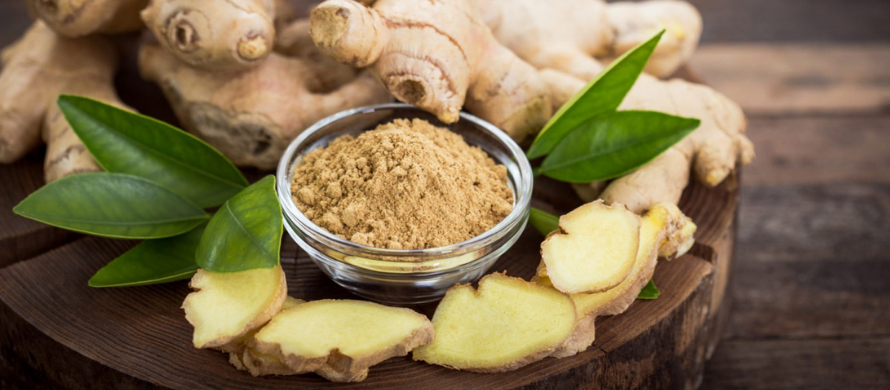When it comes to tiling their homes, homeowners can’t seem to make up their minds about whether ceramic or porcelain tiles are better. On the other hand, the reality is quite different.
In this post, you are going to learn the key similarities and differences between porcelain and ceramic tiles so that you can choose the right material for your next job.
Because of the timeless appeal and simple look of these materials, keep porcelain and ceramic tiles at the forefront of your mind whenever you’re thinking of redecorating any floor, wall or countertop with new tiles.
Homeowners love how durable and versatile they are and how many different design options there are to choose from. However, despite their similarities, a few key differences set these two types of clay-based tiles apart.

These distinctions range from porosity and absorption to durability and cost. Read on to learn about the pros and cons of each option, which will help you make the right decision for your home. We can provide you with the maintenance advice you need to keep your porcelain or ceramic tiles looking as good as when they were first installed.
Tiles made of porcelain
Porcelain tiles are made from refined clay as well as other natural materials. After being fired in the kiln, the tiles either remain in their natural state or are modified from stone, wood, concrete or other materials. Chinese tile is one of the subcategories of ceramic tiles because it is made from clay.
However, porcelain tile has a stronger and more durable structure than other types of ceramic tiles. Porcelain tiles can be broken into smaller pieces than other types of ceramic tiles. Homeowners can choose glazed or unglazed porcelain tiles for their floors and walls.
Unglazed tiles, also known as full body tiles, have no glaze on their surface which allows them to retain their color throughout their thickness. This makes them more durable and chip resistant than glazed tiles.

Examining the advantages and disadvantages of using porcelain tiles
Known as the most durable type of tile available, porcelain tile is more complex, denser, and harder than ceramic tile and has less porosity. It also has a shallow absorption rate, meaning it is almost completely resistant to water damage, even after prolonged exposure.
Because of this quality, it is an excellent choice for use in wet environments such as bathrooms, laundry rooms, patios and other similar settings. Because it can withstand high levels of foot activity for long periods of time, porcelain tile is an excellent material for use as flooring and countertops.
Although porcelain is durable and versatile, it has two major limitations: cost and difficulty of cutting. Ceramic tiles often cost at least 60% less than their more expensive porcelain counterparts.
Additionally, due to the material’s high density and hardness, homeowners often require a wet saw equipped with a diamond blade to cut it neatly. It is recommended that you hire a professional installer if you want a beautiful finish with undamaged tiles. Ceramic tile may be a better option if you want a do-it-yourself installation project that’s right for your wallet.
Care of porcelain tiles and their maintenance

Porcelain is usually very forgiving when it comes to spills and scratches. It is difficult to damage and relatively easy to clean.
Once or twice a week, depending on the traffic the porcelain tile receives, it should be swept and vacuumed. Use a vinegar and water solution once a month or a commercial tile-safe cleaner to get rid of dirt and grime that builds up day after day. Glazed tile cleaning is the recommended cleaning method. If the tile is unglazed or textured, scrub it with a soft-bristled brush instead of using a cleaning solution.
Avoid anything that contains ammonia or bleach, oil-based products, abrasive scrubbers, and waxes. After that, please wash it one last time with hot water and then dry it with a towel or microfiber cloth.
Check out our porcelain tile cleaning tutorial, which details the cleaning process for glazed, unglazed, and even textured tiles. It will give you step-by-step instructions to follow.
Ceramic tile
Compared to porcelain tiles, ceramic tiles are thicker, softer and more porous. For this reason, the temperature of the oven decreases.

The clay used to make it also does not polish well, resulting in a substitute that is both cheaper and less durable. Because of its inherent coolness, which is especially welcome in the warmer months, ceramic tile is a popular flooring option, especially in areas with milder climates.
Examining the advantages and disadvantages of using ceramic tiles
Those in the market for large quantities of tile may benefit from the many uses and lower costs associated with ceramic tile. Not only is it much cheaper than porcelain, but it also has an easier installation process.
Homeowners can cut ceramic tile using a regular tile cutter because ceramic tile has a relatively smooth surface. This makes cutting ceramic tiles very simple compared to the much more complicated process of cutting porcelain tiles.
In addition, ceramic tiles have an attractive appearance with clean lines, and the long-lasting glazed finish can be customized in a wide range of colors and designs. Ceramic tile is a great choice for any room in the house.
Ceramic tile is not as durable as porcelain tile, and due to the relatively high absorption rate of ceramic tile, homeowners must clean up any spills quickly.
It is strongly recommended that ceramic tile be avoided in areas that are frequently exposed to moisture, such as bathrooms and patios. Additionally, since ceramic tile tends to absorb moisture, deep cleaning should be done once a week rather than once a month. The coolness of the tile may feel good in the summer, but it may also feel uncomfortably cold in the winter.

Glaze is applied to ceramic tiles before firing, and if the tile cracks or chips, the clay beneath the glaze may be visible through cracks or chips. Homeowners should seriously consider installing ceramic tile in areas of their homes that receive low to moderate traffic.
Caring for ceramic tiles and maintaining them
Ceramic floors are easy to maintain and may retain their beautiful appearance for decades if proper maintenance practices are followed. It is highly recommended that you sweep, sweep or polish your ceramic tiles once a week to pave the way for more efficient cleaning.
Then, starting at one end of the floor and working your way to the other using a scouring pad, clean the tile using a mild dish detergent diluted with hot water. To finish, use a towel or microfiber cloth to dry the area as quickly and thoroughly as possible.



